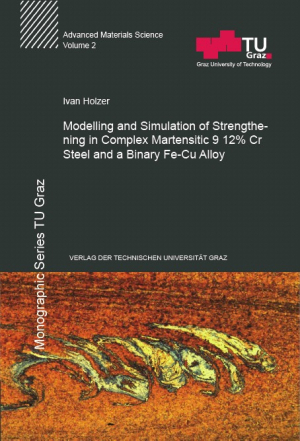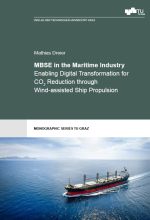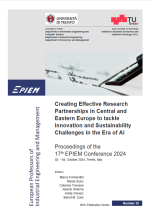Modern martensitic 9-12% Cr steels are alloys with excellent mechanical properties even at elevated temperatures. The high temperature strength of these materials is inevitably related to their complex microstructure in the ‘as-received’ condition. Due to diffusional processes however, this microstructure changes during high temperature service, which leads to a decrease in strength. To identify the impact of changing microstructure on the mechanical properties of an investigated material, a new methodology to model strengthening in steel is developed and presented in this work. A microstructure property link is formulated with focus on the precipitate and solid solution hardening effect.
The developed strength module is applied on a two component Fe-Cu alloy with 1.4at.% Cu and several complex 9-12% Cr steels. The results of the numerical simulations using the software MatCalc show excellent agreement with the experimental data.
Issue: paperback
ISBN: 978-3-85125-122-7
Scope: 165 pages
Language: Englisch
Release date: December 2010
Series: Monographic Series TU Graz / Advanced Materials Science, Issue Vol. 2
Out of stock!
Modern martensitic 9-12% Cr steels are alloys with excellent mechanical properties even at elevated temperatures. The high temperature strength of these materials is inevitably related to their complex microstructure in the ‘as-received’ condition. Due to diffusional processes however, this microstructure changes during high temperature service, which leads to a decrease in strength. To identify the impact of changing microstructure on the mechanical properties of an investigated material, a new methodology to model strengthening in steel is developed and presented in this work. A microstructure property link is formulated with focus on the precipitate and solid solution hardening effect.
The developed strength module is applied on a two component Fe-Cu alloy with 1.4at.% Cu and several complex 9-12% Cr steels. The results of the numerical simulations using the software MatCalc show excellent agreement with the experimental data.





